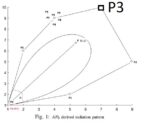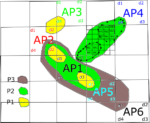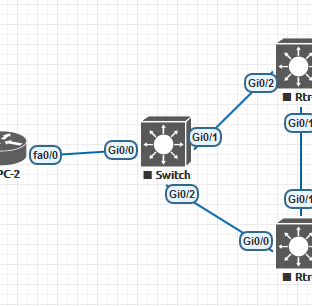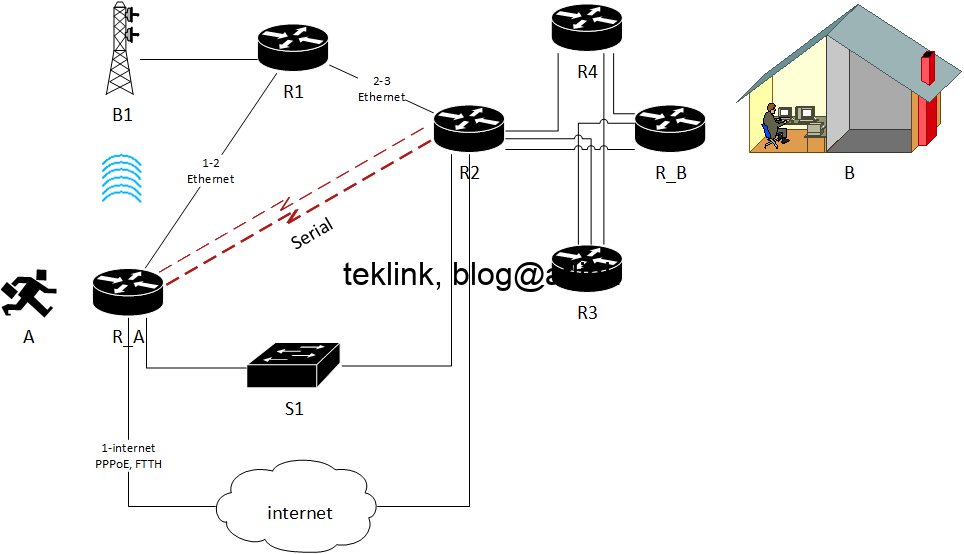Further, we introduced in the same context, the concept of a pseudoAP, a virtual AP that represents a cluster of all possible real AP beamformers to a given WD and investigate the enhancement that it may add.
The results of both simulations show an important enchancement of the conventional beamformer processing time at AP level. But at WLC level, a trade-off exists between maximizing the transmission opportunity and reducing the required processing time.
In the next figure we illustrate the concept behind our solution:
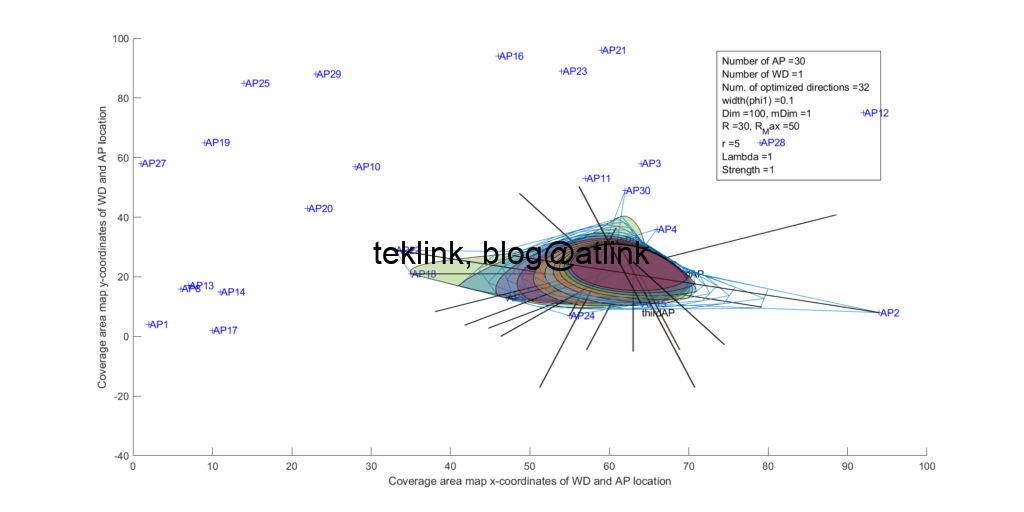
The figure represents a coverage area of randomly distributed AP (access points); each point of this coverage map may correspond to mobility device or user (WD, wireless device). For a particular WD, the initial task si to choose the AP of association (that is on reach and gives the best RSSI or similar). Now from the perspective of the WLC (that is the central intelligence of our network), the communication between the WD and it’s AP of association is affected by the neighboring AP.

